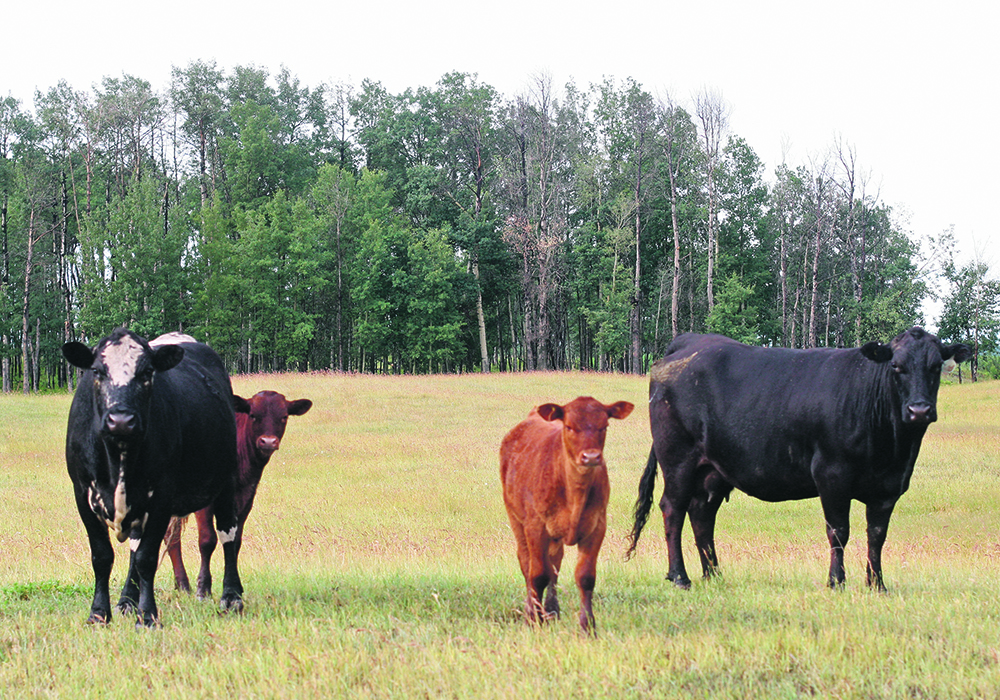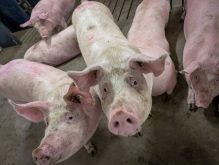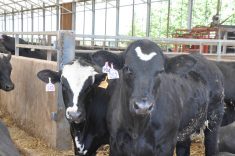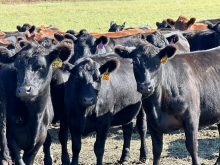A cattle producer says the most profitable ranches make the most efficient use of the available forage on their operation
Glacier FarmMedia – Which is more important, increasing profits or production?
This is the question rancher and seedstock producer Kit Pharo posed at a recent holistic management gathering in Valleyview, Alta.
Pharo has strong opinions and speaks his mind.
Read Also
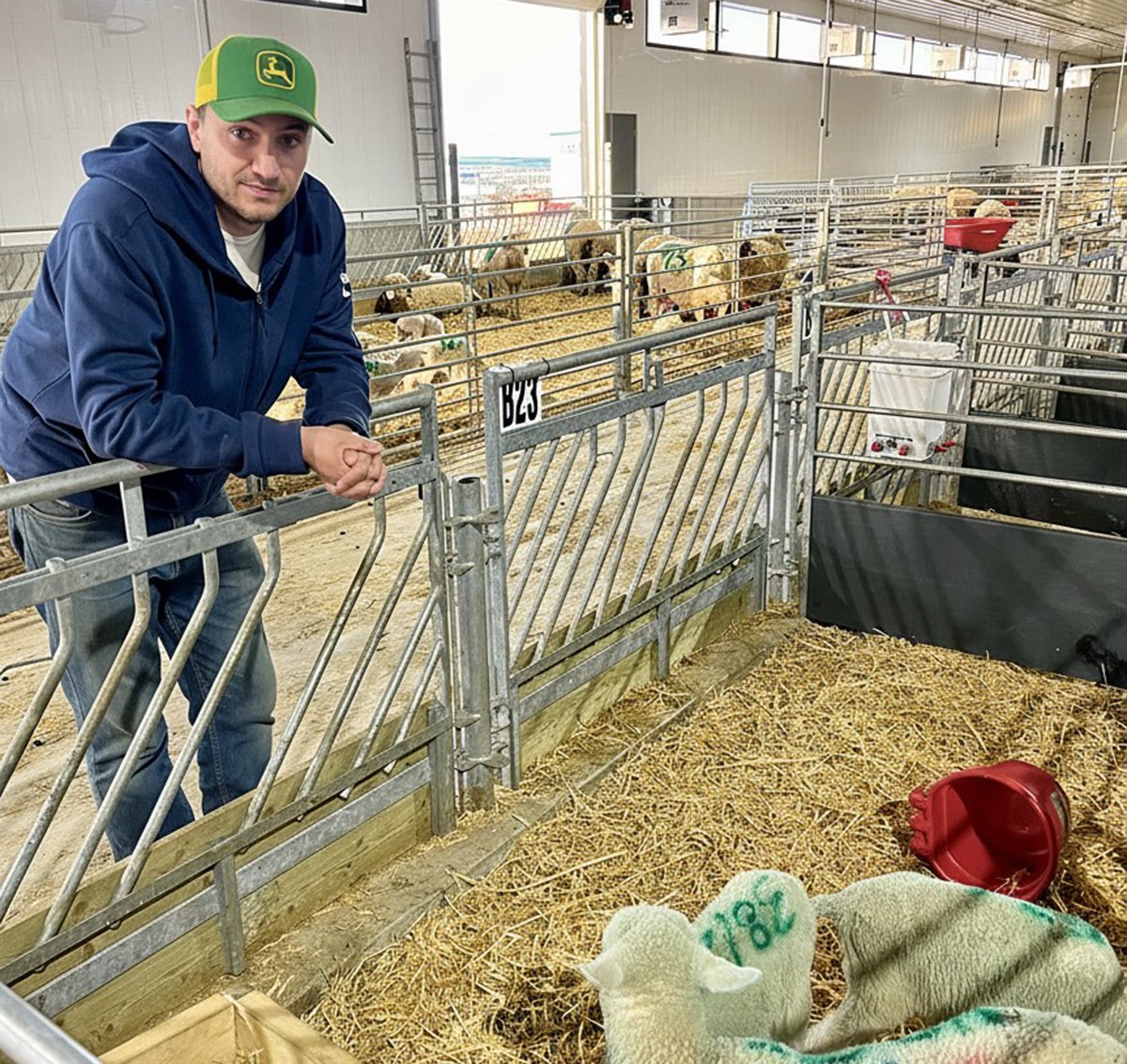
Solar, sheep provide valuable farm diversification
Eric Steeves says raising sheep on forages grown under solar panels provided economic stability and perhaps even saved his family’s fifth generation southern Alberta grain farm.
“I may not always be right, but I am never in doubt,” he says.
Pharo thinks livestock operations should be profitable, enjoyable and sustainable. If they are not the first two, they certainly will not be the last. A business is not sustainable unless it can be passed to the next generation, he says.
“The existing beef industry is a result of a time when land was cheap, feed and fuel were extremely cheap, and labour and equipment were cheap. None of those are true today.”
That period is over and is not coming back, Pharo says. What worked for the last 20 years will not work for the next 20.
“People for the most part are afraid of change, and it is worse as we get older” but they must “dare to be different.”
In most industries, innovation is accepted and implemented in 17 to 24 months, says Pharo, but in the cow-calf business, it is 17 to 24 years.
Producers can calculate profit by subtracting expenses from income. To increase profit, cut expenses or increase production, as those are the areas producers can control.
“The easiest money you will ever make is the money you don’t spend, and it is tax-free.”
Producers can increase profit by increasing production, “but only if that is based on per acre, not per animal,” he says. For the past 50 years, ranchers have exclusively focused on production per cow.
“Stocking rate affects profitability, or lack thereof, more than anything else. And smaller cows will always wean a higher percentage of body weight. The most profitable ranches make the most efficient use of available forage resources on their ranch.”
Three keys to improve pounds per acre are:
- planned rotational grazing
- matching the production cycle to forage reserves
- matching cow type to forage resources
Pharo says reasons for planned rotational grazing include:
- reducing or eliminating supplemental feeding
- improving rangeland quality, quantity and diversity
- increasing total production per acre
To support his ideas on cow size, Pharo says at least 65 per cent of annual cow costs are feed and 70 per cent of the feed a cow consumes is for maintenance. That means only 30 per cent goes toward production.
Form follows function, and bigger cows eat more than smaller cows. Heavy-milking cows require more feed for maintenance, even when they are not lactating.
“Milk is not a maternal trait. It is a growth trait and the most expensive, so be careful selecting for milk.”
He also says maternal fertility is inversely related to high milk production. Pharo believes there is a straight correlation between cow size and production cost. He cited work done by Kris Ringwall at North Dakota State University’s extension service indicating the percentage of body weight weaned decreases as cow size increases.
The environment is the limiting factor for weaning weights, says Pharo.
“The most important trait to select for is low maintenance requirements, which improves fleshing ability and fertility, essentially making a cow who can do more with less — easy fleshing cows that can get bred and stay in the herd.”
He aims for a frame score of three to four at a mature weight of 1,100–1,250 pounds for cows. Due to winter conditions in Western Canada, cows in that region need more mass and a lot of volume to convert low-quality forage into pounds of beef. The ratio of cows per bull is easily 40 and often 60, and heifers should be bred at 14 months.
“We are in the business of converting solar energy into a high-quality food product. And above all, keep it simple,” Pharo says. Adaptation to change is critical.
“No matter who we are or what we do for a living, we must realize that nothing stays the same. The present is different from the past and the future will be different from the present.
“There have always been huge benefits for being ahead of the curve and there will always be consequences for being behind.”

